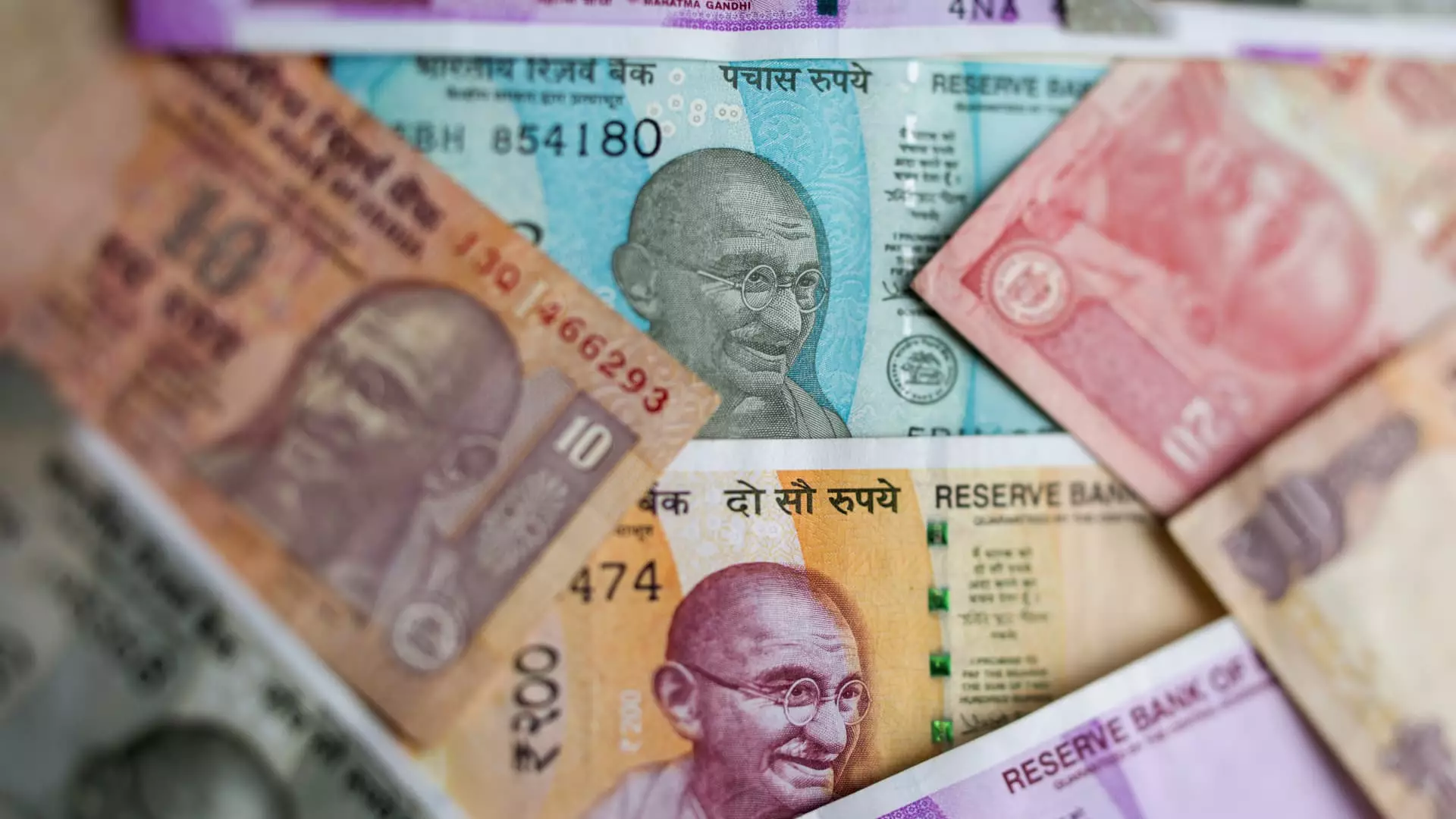The U.S. Federal Reserve’s decision to cut interest rates is expected to have a significant impact on currency valuations, particularly in Asian markets. Traditionally, higher interest rates attract foreign investment, leading to an increase in demand for the associated currency. However, with the Fed adopting a more dovish stance and markets pricing in rate cuts, the scenario is expected to change. While a weak U.S. dollar may not be favorable for the American economy, it is often positive for emerging markets when the Fed cuts rates outside of an economic crisis.
One of the currencies that are expected to benefit from the Fed’s monetary policy shift is the Chinese yuan. Despite facing a slew of disappointing headlines that have shaken investor confidence, the yuan’s pessimism is limited by hopes that the Chinese authorities will prevent excessive weakening. China has a history of stabilizing its currency against the dollar, which is likely to continue. Analysts predict that the yuan’s exchange rate will remain within a narrow band around the current rate of 7.10, reflecting the ongoing efforts by policymakers to stimulate the economy and support property values.
Indian Rupee and Carry Trades
Another currency poised to benefit from the Fed’s rate cuts is the Indian rupee. The strategy of carry trades, where traders borrow low-yielding currencies to invest in high-yielding assets, is expected to drive the rupee’s appreciation. As the interest rate differentials widen due to the Fed’s easing cycle, the rupee is likely to strengthen further. Additionally, the Reserve Bank of India’s cautious approach to monetary policy adjustments compared to other central banks is expected to support the rupee’s stability and gradual appreciation.
South Korea’s currency, the won, has been under pressure in recent years but is expected to benefit from improving economic prospects and looser Fed policies in the future. As a low-yielding and highly cyclical currency, the won is likely to be one of the major beneficiaries of the Fed’s easing cycle in the second half of the year. The extent of the Fed’s rate cuts will play a crucial role in determining the won’s gains, with potential appreciation ranging from 3% to 10% depending on the depth of the easing cycle. South Korea’s economic outlook is also positive, with the International Monetary Fund predicting a growth rate of 2.3% for 2024 and 2025.
The Fed’s decision to loosen monetary policy is expected to have a substantial impact on Asian currencies, particularly the Chinese yuan, Indian rupee, and South Korean won. While the shift in policy may not be favorable for the U.S. dollar, it presents opportunities for emerging market currencies to strengthen and attract foreign investment. As central banks in these countries navigate the changing economic landscape, the stability and growth of their respective currencies will depend on a combination of domestic policies and external factors such as the Fed’s interest rate decisions.


Leave a Reply